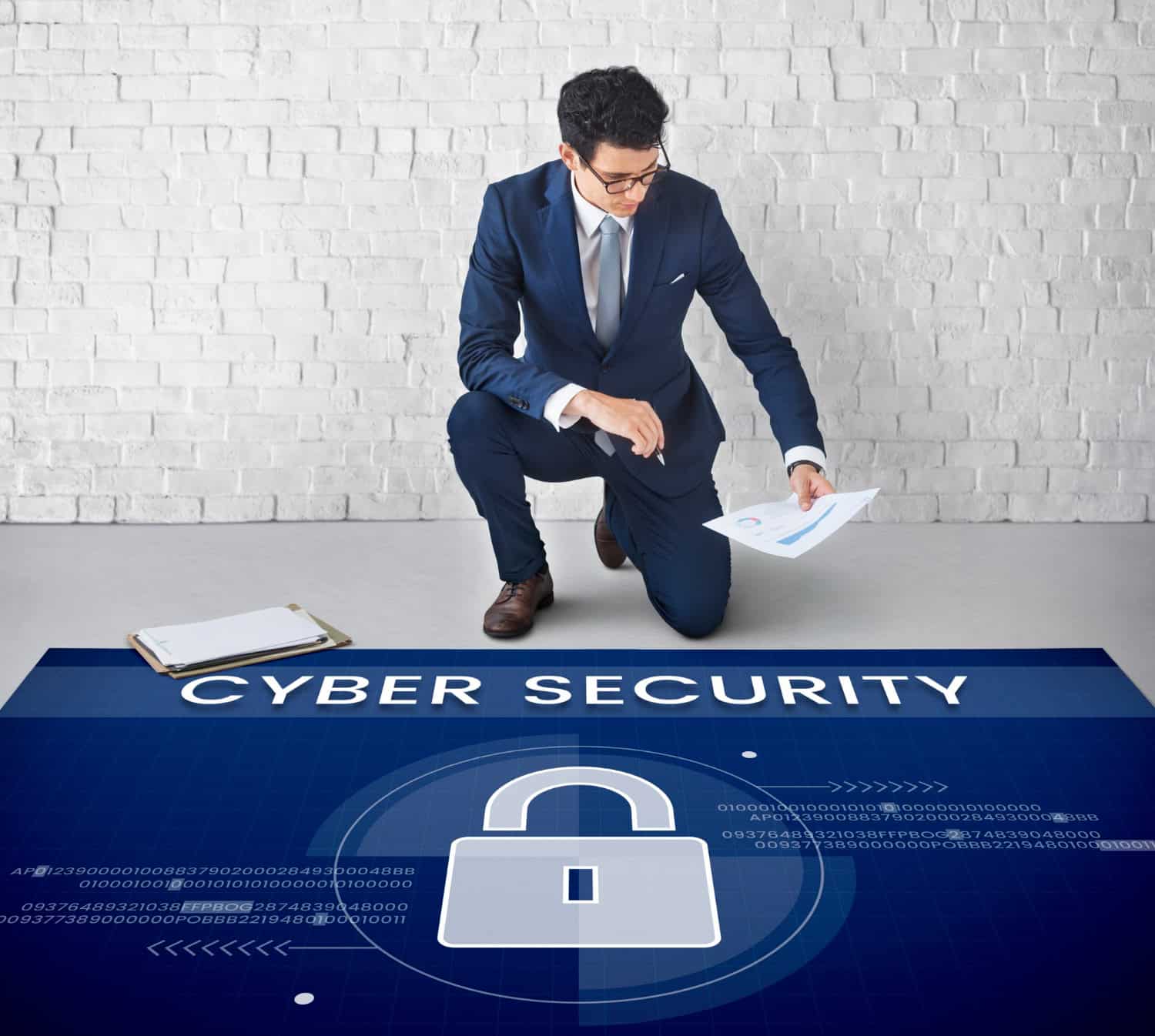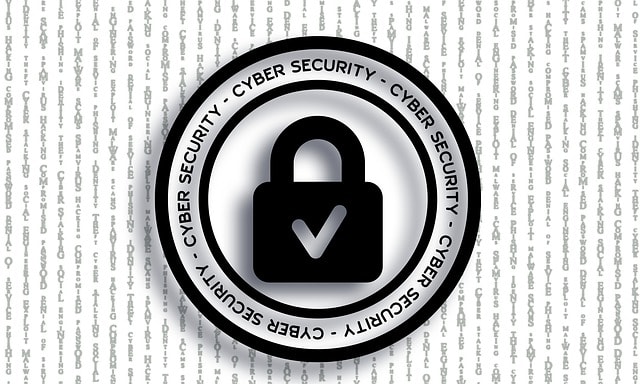As cyber threats evolve, so do the regulations designed to protect sensitive information. This shifting landscape demands that organizations stay vigilant, follow various frameworks, and meet strict compliance requirements.
Read on to learn what cybersecurity compliance involves.
What Is Cybersecurity Compliance?
Cybersecurity compliance refers to the adherence to laws, regulations, and standards designed to protect data from unauthorized access, breaches, and other cyber threats. These rules are established to safeguard personal and sensitive information. Cybersecurity compliance is an integral part of an organization’s risk management strategy. This proactive approach helps identify vulnerabilities, implement necessary controls, and reduce risk exposure.
Different Cybersecurity Compliance Standards
Cybersecurity compliance standards vary widely, each serving distinct purposes and sectors. Below, we explore some of the most prominent frameworks and their significance.
HIPAA (Health Insurance Portability and Accountability Act)
HIPAA is a federal law that sets the standard for protecting sensitive patient data. This compliance is crucial for healthcare providers, insurance companies, and business associates. Any company that deals with protected health information (PHI) must ensure that all the required physical, network, and process security measures are followed.
PCI DSS (Payment Card Industry Data Security Standard)
PCI DSS is a set of security standards designed to ensure that all companies that accept, process, store, or transmit credit card information maintain a secure environment. Compliance with PCI DSS is essential for preventing credit card fraud and securing cardholder data.
GDPR (General Data Protection Regulation)
The GDPR is a regulation in EU law on data protection and privacy in the European Union and the European Economic Area. It also addresses the transfer of personal data outside the EU and EEA areas. GDPR imposes strict regulations on how organizations collect, store, and process personal data, with severe penalties for non-compliance.
NIST (National Institute of Standards and Technology) Cybersecurity Framework
The NIST Cybersecurity Framework offers a set of guidelines to help private sector organizations in the United States evaluate and enhance their capabilities to prevent, detect, and respond to cyber-attacks. It is a voluntary framework but is widely adopted due to its comprehensive approach to cybersecurity.
ISO/IEC 27001
ISO/IEC 27001 is an international standard for managing information security. It provides a systematic approach to managing sensitive company information, ensuring it remains secure. This standard helps organizations manage their information security management systems (ISMS) and applies to businesses of all sizes across various industries.
CMMC (Cybersecurity Maturity Model Certification)
CMMC is a unified standard for implementing cybersecurity across the defense industrial base. It is designed to protect Controlled Unclassified Information (CUI) within the supply chain. CMMC compliance is essential for companies dealing with the U.S. Department of Defense.
Why Should Cyber Compliance Be a Top Priority?
Ensuring cybersecurity compliance is not just about avoiding penalties; it is about safeguarding the organization’s data and reputation. Here are several reasons why cyber compliance should be at the top of every organization’s priority list.
Avoiding Legal Penalties
Non-compliance with cybersecurity regulations can result in severe legal penalties, including hefty fines and sanctions. For instance, GDPR violations can lead to penalties of up to 4% of the company’s annual global turnover or €20 million, whichever is greater. Therefore, adhering to compliance standards is essential to avoid such financial repercussions.
Building Customer Trust
Compliance with cybersecurity standards demonstrates to customers and partners that the organization takes data security seriously. This builds trust and confidence, which are critical for maintaining long-term business relationships. Customers are likelier to do business with companies they believe will protect their data.
Enhancing Overall Security Posture
The process of achieving and maintaining compliance involves rigorous assessments and the implementation of best practices. This ensures adherence to regulations and enhances the organization’s overall security posture. Organizations can better protect themselves against cyber threats by identifying and addressing vulnerabilities.
Meeting Contractual Obligations
Many business contracts now include clauses requiring compliance with specific cybersecurity standards. Failure to meet these obligations can result in contract termination or legal disputes. Therefore, maintaining compliance is essential for fulfilling contractual commitments and sustaining business operations.
Eligibility for Cyber Insurance
Cyber insurance policies often require organizations to comply with specific standards and practices. Non-compliance can lead to denied claims and increased vulnerability in a cyber incident. Ensuring compliance helps organizations meet the criteria for obtaining and maintaining cyber insurance coverage.
How To Ensure Cybersecurity Compliance
Achieving cybersecurity compliance can be daunting, but it is manageable with a structured approach. Here are eight steps to help your organization ensure compliance and improve its security levels.
Understand Your Organization’s Specific Compliance Requirements
The first step is to identify which regulations and standards apply to your organization based on your industry, location, and data type you handle. For example, healthcare organizations must comply with HIPAA, while financial institutions need to adhere to PCI DSS. Conduct a thorough assessment to determine all applicable compliance requirements.
Choose Appropriate Compliance Frameworks
Once you have identified the relevant regulations, select the compliance frameworks that align with your organization’s needs. These frameworks will guide your security program and help you map compliance requirements. Popular frameworks include NIST, ISO/IEC 27001, and CMMC.
Conduct a Security Gap Assessment
A gap assessment helps identify areas where your security measures fall short of compliance requirements. This involves evaluating your existing security controls and comparing them against the standards outlined in your chosen framework. The assessment will highlight the gaps that must be addressed to achieve compliance.
Implement Data Classification
Classifying your data is crucial for understanding which information is most critical and requires the highest level of protection. Data classification involves categorizing data based on sensitivity and loss or compromise impact. This process helps prioritize security measures and ensures that high-risk data is protected.
Perform a Risk Assessment
A risk assessment evaluates the potential threats to your organization’s data and systems and the impact of those threats. This assessment considers various factors, including people, processes, and technology. By identifying and prioritizing risks, you can develop strategies to reduce security risks.
Engage Stakeholders
Cybersecurity is a shared responsibility that involves the entire organization. Engage your stakeholders, including the C-suite and other key decision-makers, to ensure they understand the importance of compliance and are committed to supporting your efforts. Stakeholder buy-in is critical for securing the resources and support needed to implement and maintain compliance measures.
Establish a Compliance Team
A dedicated compliance team is essential for managing and monitoring your organization’s compliance efforts. This team should include individuals with cybersecurity, legal, and regulatory expertise. Their responsibilities will include developing and implementing compliance policies, conducting regular audits, and staying ahead of regulation changes.
Map Your Security Framework to Compliance Requirements
Once your security program is in place, map it to the specific compliance regulations, requirements, and laws that apply to your organization. This involves aligning your security controls with the compliance standards and ensuring all regulatory requirements are met. Regularly review and update your compliance program to adapt to changing regulations and emerging threats.
Cybersecurity compliance is a complex but essential aspect of modern business operations. Ensuring compliance enhances security and meets contractual and insurance obligations. If you want to adopt cybersecurity compliance as a strategic priority to safeguard your organization’s future, CMIT Solutions I-270 Corridor can help you. Contact us to learn more.





